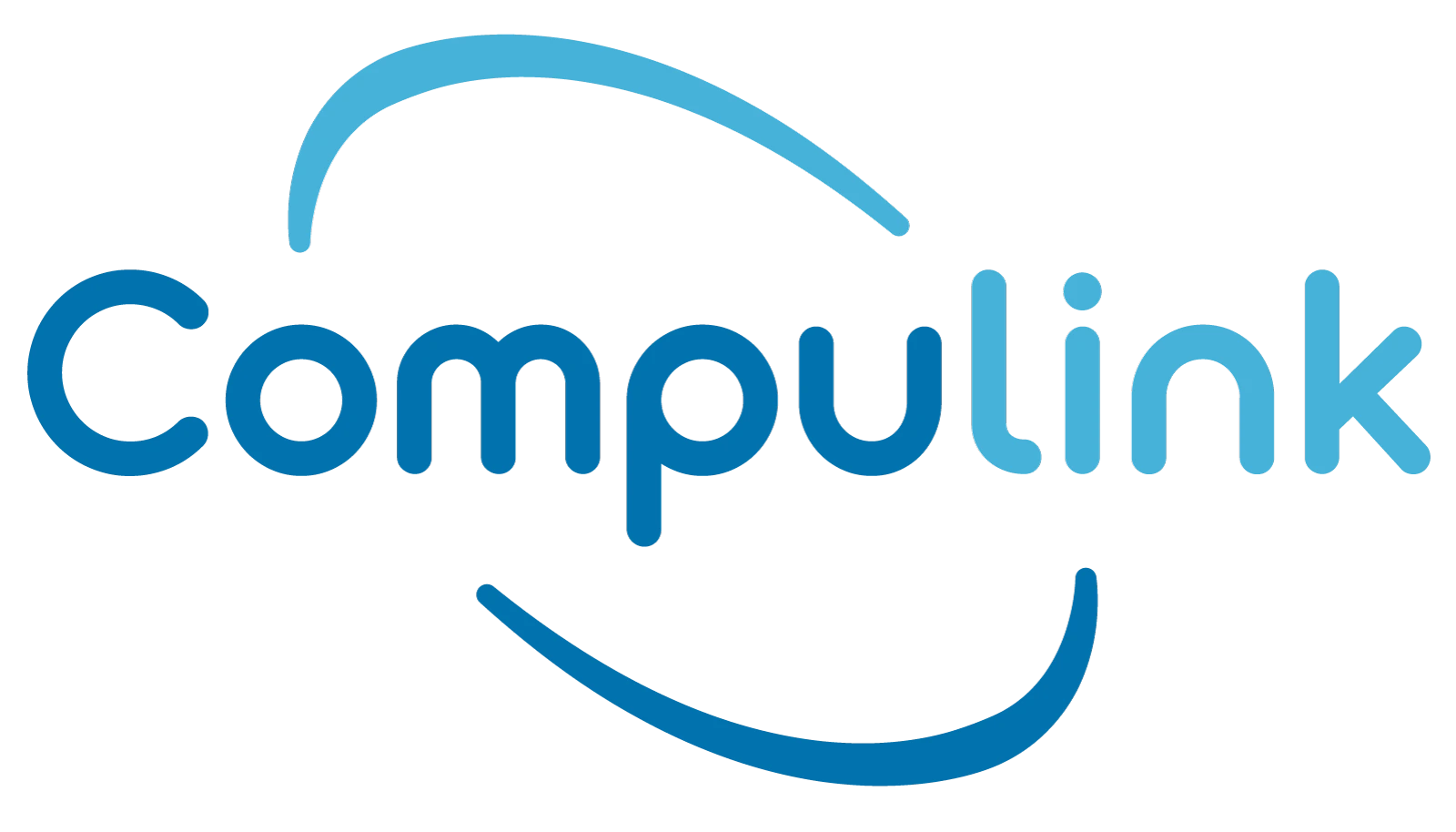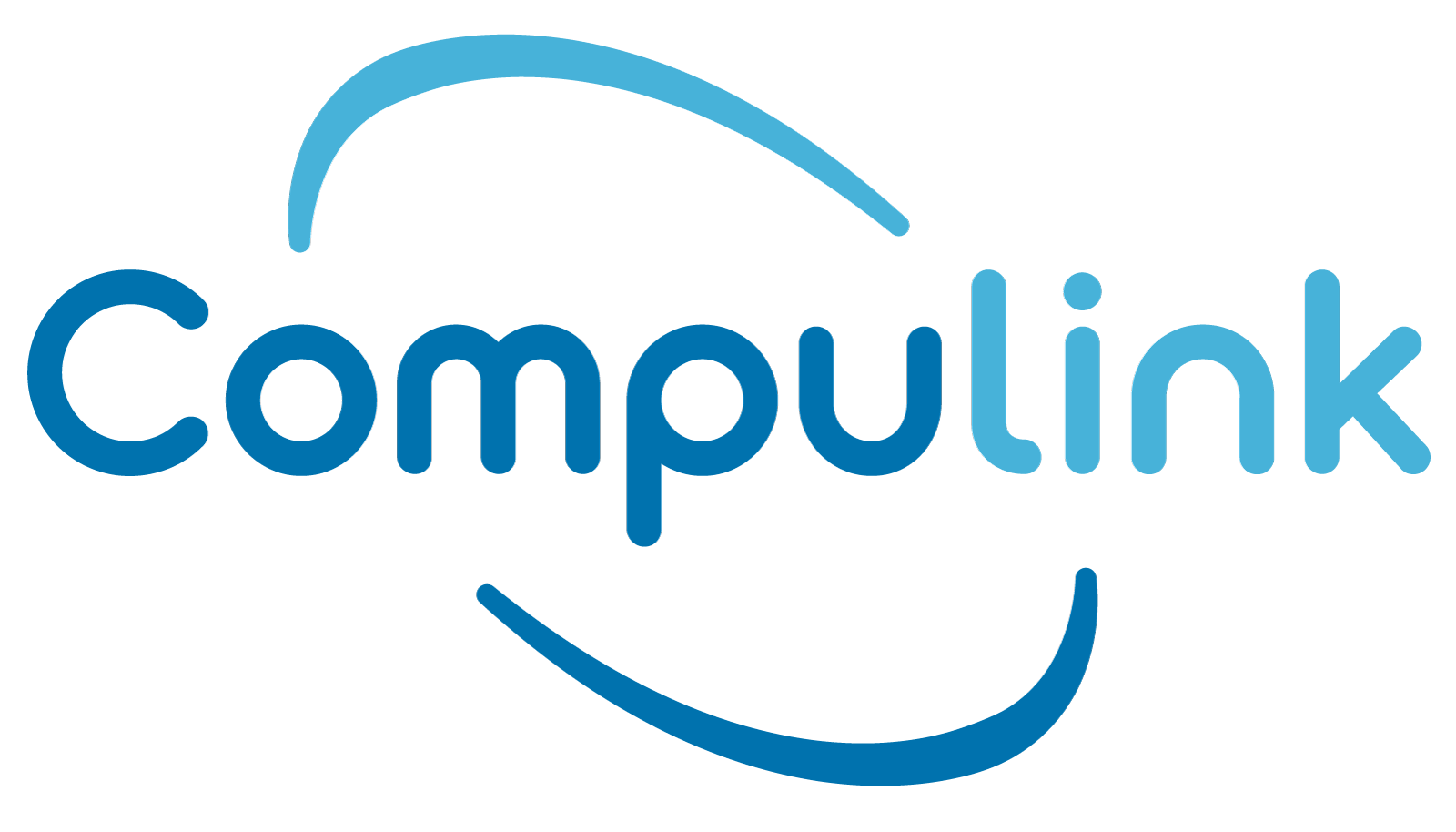Workflow automation Has become an integral component of business technology today. From CRMs to HR processes, businesses and organizations are increasingly adopting automation tools. Integrated automation has become a regular component in everyday use such as social media and email notifications one may see. This growing trend in the business and government sector has reduced resources allocated to manual effort and allows professionals to channel their attention towards the actual business and creativity behind their work.
According to McKinsey’s analysis:
- Out of 2000 work activities (across 800 professions), 45% could be automated, including processing sales transactions, demonstrating product features, and answering product questions
- Among business processes, 60% of occupations could save up to 30% of their time with automation, including the review and approval of paperwork, generating sales leads, and processing large documents. Automation can surface content that is particularly relevant, meaningful, or exceptional, so that professionals are free to focus only on situations that require their expertise and intelligence
- Nearly 20% of CEOs’ time is spent on work that could be automated. Automatable tasks include reviewing status reports, preparing staff assignments, and analyzing operational data
- Finally, just 4% of common workplace activities involve human creativity, and only 29% require a human ability to sense and respond to emotion
The common misconception is that the high amount of work activities (45%) that could be automated can reduce employment altogether. However, what this does is redefine the role itself rather than eliminate the role altogether. For example, a role to handle email marketing will still be needed despite email automations configured. The person in charge of this task will have to configure the emails, automation schedule, and the conditions required for specific automated emails to be sent. This automation reduces the time spent on manually responding to every new lead and more time can be redirected to analyzing email marketing analytics and adapting to the shortcomings and strengths of different marketing tactics. The same can be said about other roles that can benefit from automation as well.
In addition to digital marketing, workflow automation can be applied to many departments in a given company: Accounting, Software Development, Sales, HR Automation, Administrative Work/Data Entry, and more!
Workflow automation can help reduce human error, empowers employees’ ability to manage their own work with minimal supervision, and boost employee efficiency with their tasks.
Recommendations
Organizations should not only adopt workflow automation into their productivity culture, but find cloud tools that supplement workflow automation. By cloud we don’t necessarily only mean file-sharing and data storage, but centralizing the workflow automation among the employees. By boosting Cloud-backed automation tools, an organization helps their employees communicate internally and it will become easier for both management and employees to track progress of given projects/tasks as well as become synchronized/uniform in approaching their tasks.
If your organization has not embraced automating tasks yet, it is imperative you consider this direction. It will help reduce costs and time spent on tasks that can be otherwise automated and the staff at large can focus on growing the organization/business and strategy.
The Compulink Cloud Reserve, (coming soon) will have many important features for organizational growth: including workflow management and automation.




